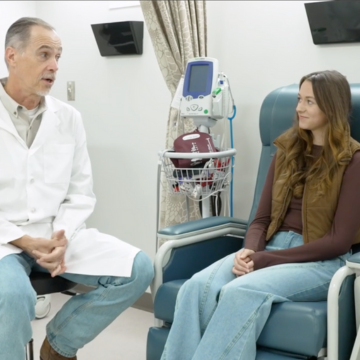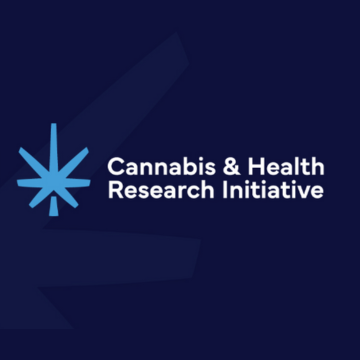Understanding Medical Cannabis
We are committed to providing clear, evidence-based information on medical cannabis' potential benefits, risks, and clinical applications.

How Medical Cannabis Works as a Treatment

The Science
Scientists are still working to fully understand how cannabis affects the body, but research has provided strong evidence that it interacts with the endocannabinoid system (ECS)—a network of receptors that help regulate pain, inflammation, neurological function, and immune response.

What We Know
While some aspects of cannabis as a treatment are well understood, research is ongoing. The FDA has approved cannabis-derived medications like Epidiolex for epilepsy and Marinol for nausea and appetite stimulation. However, questions remain about long-term effects, optimal dosing, and how cannabinoids interact with other medications. Because of these uncertainties, patients should consult healthcare providers for evidence-based guidance on safe and effective use.

NCCRE's Role
At NCCRE, our role is to advance the science by conducting research, educating providers, and ensuring patients have access to reliable, research-backed information. As studies continue, our goal is to help translate emerging evidence into practical, clinical knowledge that improves patient care.
Medical Cannabis Case Studies
Real-world case studies provide a valuable look into how medical cannabis might or might not be used to manage various health conditions.
Want to read more? The National Institutes of Health (NIH) has funded numerous projects examining the therapeutic potential of cannabinoids. Explore the latest research in the Therapeutic Cannabinoid Research category of the NIH RePORT database.
In 2014, the Mississippi Legislature enacted Harper Grace’s Law, allowing the University of Mississippi Medical Center (UMMC) and the National Center for Natural Products Research to develop a cannabis-derived treatment for pediatric epilepsy. Researchers cultivated a CBD-rich, low-THC strain and formulated an oral solution for clinical use. In 2018, UMMC launched a clinical trial to evaluate its safety and tolerability in children with severe, treatment-resistant epilepsy whose seizures had not responded to conventional therapies.
In 2020, the FDA approved a two-year extension of the trial to further assess its long-term safety and effectiveness. Initially enrolling ten patients, the study aimed to expand to 25–50 children. Dr. Brad Ingram, the principal investigator, reported that no major safety concerns had emerged, and some participants were able to reduce other seizure medications.
The Policy Landscape
Medical cannabis laws vary widely across the United States, with each state setting its own policies on who can access it, how it can be used, and how it is regulated. While federal law still classifies cannabis as a Schedule I controlled substance, meaning it is illegal at the federal level, individual states have developed their own programs to allow its use for medical purposes.
As of 2025, the majority of U.S. states have legalized some form of medical cannabis, though each program has different qualifying conditions, regulatory requirements, and product restrictions.
The Food and Drug Administration (FDA) has approved only a few cannabis-derived medications, such as Epidiolex for epilepsy and synthetic THC drugs like Marinol for nausea and appetite loss. Other medical cannabis products remain state-regulated and are not FDA-approved.
Ongoing research—such as the work being conducted at NCCRE—plays a key role in informing future policy decisions, ensuring that medical cannabis laws balance public health, patient access, and scientific evidence.
Myth vs Fact
Misconceptions still exist about medical cannabis' safety, effectiveness, and legality. Understanding the facts can help patients and the public make informed decisions based on scientific research and medical guidance.
Not true.
While cannabis is a plant-based product, that doesn’t mean it’s risk-free. Like any medication, it can cause side effects such as dizziness, drowsiness, cognitive impairment, or increased heart rate. It may also interact with other medications and is not recommended for all individuals. That's why working with your healthcare provider is so critical for patients.
That is a myth.
Cannabis Use Disorder (CUD) is a recognized condition, and long-term, frequent use can lead to dependence in some individuals. While the risk is lower than with substances like opioids, some patients may develop tolerance, requiring higher doses over time, or experience withdrawal symptoms when stopping use. Proper medical guidance helps minimize these risks.
While medical cannabis is regulated, not all products are the same. Different formulations—such as oils, tinctures, capsules, and inhaled products—vary in potency, absorption rates, and effects.
To ensure safety, patients should follow medical guidance, start with the lowest effective dose, and choose products tested for quality and accuracy. Always discuss with a healthcare provider to determine the best option for your condition and treatment goals.



